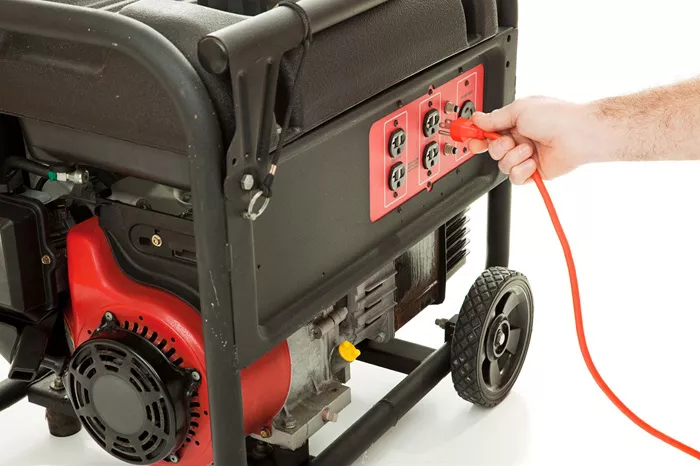Portable generators are a reliable backup power source for homes during outages or for use in remote locations. Whether you’re preparing for emergencies or need temporary power for outdoor activities, understanding how to safely and efficiently operate a portable generator is essential. This guide covers everything from generator basics to advanced safety tips.
Understanding Portable Generators
How Portable Generators Work
Portable generators convert mechanical energy into electrical energy using an internal combustion engine. The engine burns fuel (gasoline, propane, or diesel) to spin an alternator, producing alternating current (AC) electricity. Most home generators provide 120V or 240V power, similar to standard household outlets.
Types of Portable Generators
Conventional Generators : Basic models that provide power but may have voltage fluctuations.
Inverter Generators : Produce cleaner, stable power suitable for sensitive electronics like laptops and smartphones.
Dual-Fuel Generators : Can run on gasoline or propane, offering flexibility in fuel choice.
Key Specifications to Consider
Wattage : Determines how many appliances the generator can power.
Starting Watts : Extra power needed when devices first turn on.
Running Watts : Continuous power required to keep devices running.
Fuel Efficiency : Measured in runtime per gallon (or tank) of fuel.
Noise Level : Important if using in residential areas (measured in decibels, dB).
Choosing the Right Generator for Your Home
Calculating Your Power Needs
Before buying a generator, list the essential appliances you need to power and add up their wattage. Common household devices include:
- Refrigerator (600-800W running, 1200-2200W starting)
- Sump pump (800-1500W running, 2000-3000W starting)
- Lights (60-100W per bulb)
- Portable heater (1500W)
- Add 20-30% extra wattage to avoid overloading the generator.
Selecting the Best Fuel Type
Gasoline : Readily available but has a short shelf life.
Propane : Stores longer but may offer less power.
Diesel : More efficient for heavy-duty use but noisy.
Safe Operation of Portable Generators
Proper Placement
Outdoors Only : Generators emit deadly carbon monoxide (CO). Keep at least 20 feet from the house.
Dry, Level Surface : Prevents tipping and electrical hazards.
Ventilated Area : Avoid enclosed spaces like garages, even with doors open.
Electrical Safety
Use Heavy-Duty Extension Cords : Only outdoor-rated, grounded cords.
Avoid Backfeeding : Never plug the generator into a wall outlet; this can electrocute utility workers.
Transfer Switch Installation : A licensed electrician can install a transfer switch for safer home integration.
Maintenance Tips
Regular Oil Changes : Check every 50-60 hours of use.
Fuel Stabilizer : Prevents gasoline degradation if storing for long periods.
Air Filter Cleaning : Ensures efficient engine performance.
Connecting Appliances to a Portable Generator
Direct Plug-In Method
- Use extension cords to connect devices directly to the generator’s outlets.
- Prioritize essential appliances to avoid overloading.
Using a Transfer Switch
- A transfer switch safely connects the generator to your home’s electrical panel.
- Allows you to power hardwired devices like furnaces and well pumps.
Common Mistakes to Avoid
Overloading the Generator : Can cause overheating or failure.
Ignoring CO Risks : Always use a battery-powered CO detector nearby.
Skipping Warm-Up Time : Let the generator run for a few minutes before connecting loads.
Using Old Fuel : Stale gasoline can damage the engine.
Conclusion
Portable generators are invaluable for home backup power, but proper usage is critical for safety and efficiency. By choosing the right generator, calculating power needs, and following safety guidelines, you can ensure reliable electricity during outages. Always prioritize safety by maintaining your generator and using it in well-ventilated areas. By following this guide, you’ll be well-prepared to use a portable generator effectively for your home needs. Stay powered and stay safe!

